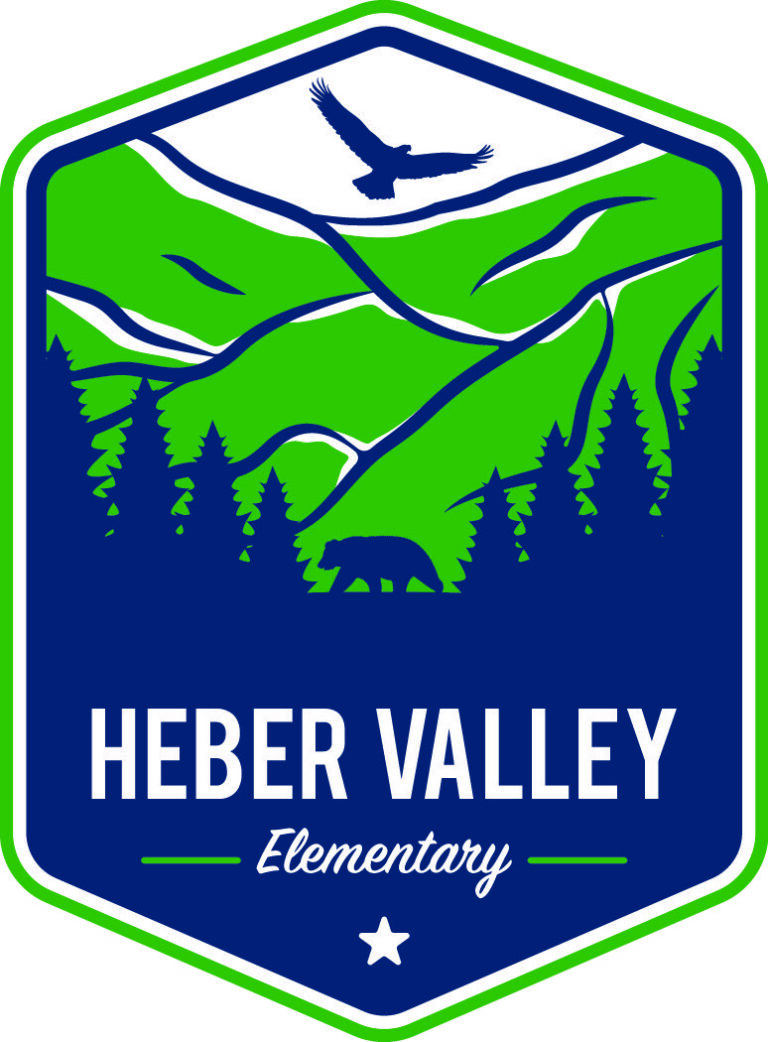Welcome
Members
COMMUNITY COUNCIL MEMBERS FOR 2024-25
|
Member Name |
|
Phone |
Role |
|
|
Katie Cummings |
Principal |
|||
|
Lynette Schiess |
lynette.schiess@wasatch.edu |
School Employee |
||
| Brook Flygare | brook.flygare@wasatch.edu | Parent–Chair | ||
|
Carolyn Murry |
carolyn.murry@wasatch.edu |
Parent–Vice-chair |
||
|
Vereniz Cano Villalobos |
vereniz.cano-villalobos@wasatch.edu |
Parent |
||
|
Cel Smith |
cecelia.smith@wasatch.edu |
Parent |
||
Meeting Dates
Meeting dates are held quarterly. Dates and time chosen are October 2, 2024, December 4, 2024, February 5, 2025, and April 9, 2025 at 5:15 pm in Mrs. Cumming’s office at Heber Valley Elementary. The public is invited.
Rules of Order and Procedure
Rules of Order and Procedure
Adopted by the Council on 10/2/2024
To promote ethical behavior and civil discourse each council member shall:
Attend council meetings on time and prepared
Make decisions with the needs of students as the main objective
Listen to and value diverse opinions
Be sure the opinions of those you represent are included in discussions
Expect accountability and be prepared to be accountable
Act with integrity
Rules of Procedure:
Council members will receive training to understand the responsibilities of the council. Council members receive training before preparing and taking action on School Land Trust Plans and reports.
All meetings are open to the public and the public is welcome to attend.
The agenda of each upcoming meeting, with draft minutes of the prior meeting, will be made available to all council members at least one week in advance and will be posted on the school website. The agenda will include the date, time and location of the meeting and any proposed action items.
Written minutes will be kept of all meetings, prepared in draft format for approval at the next scheduled meeting. Approved minutes will be retained for three years.
The council shall establish a timeline for the election, including noticing the election at least ten days in advance of it taking place.
The council consists of the principal, 1 school employee, and 4 parent members. Two parent members are elected in odd years. Two parents are elected in even years.
When a full council is not seated in the election or a seat is vacated, the parent members of the council shall appoint members to fill unfilled parent positions and school employee members shall appoint school employee members.
The council shall elect a chair from the parent members and a vice-chair from the parent or school employee members at the first meeting of the year after the council is seated each year. A principal cannot hold office.
The chair conducts the meetings, makes assignments and requests reports on assignments. In the absence of the chair, the vice-chair shall conduct meetings. The chair may delegate responsibilities to other council members.
The council must have a quorum to vote. A quorum is a majority of council members. Meetings shall be conducted, and action taken according to very simplified rules of parliamentary procedure as required in 53G-7-1203. Council actions will be taken by motions and voting with votes and motions recorded in the minutes.
Simple Motions of Parliamentary Procedure
motion | Does it require a 2nd? | is it debatable? | can it be amended? | is a Vote Required
|
Adjourn
| yes
| no
| no
| majority
|
Amend a motion
| yes
| yes
| yes
| majority
|
Close nominations
| yes
| no
| yes
| 2/3
|
Main motion
| yes
| yes
| yes
| majority
|
Point of Order
| no
| no
| no
| ruled on by chair
|
Previous Question
| yes
| no
| no
| 2/3
|
Reconsider
| yes
| yes
| no
| majority
|
Withdrawal of Motion
| no
| no
| no
| majority
|
A tie vote is a lost vote.
Most motions are main motions. A main motion may be amended.
A point of order is offered when there is some question if procedure had been followed correctly.
To stop debate or discussion on a motion and force the vote a member would say, “I move the previous
question.” This requires a second and a 2/3 vote.Hasty action may be corrected by use of the motion to reconsider. This motion may be made only by one who voted on the prevailing side.
A person who made the motion may withdraw the same motion.
